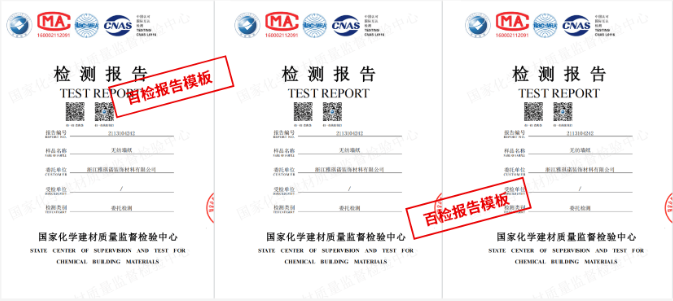
本文主要列举了关于轨道车辆内部部件和材料的相关检测方法,检测方法仅供参考,如果您想针对自己的样品定制试验方案,可以咨询我们。
1. Visual inspection: This method involves visually inspecting the interior components and materials of the rail vehicle to check for any signs of damage, wear, or corrosion.
2. X-ray inspection: X-ray technology can be used to examine the internal structures of components and materials without the need for disassembly, allowing for a detailed assessment of their condition.
3. Ultrasonic testing: Ultrasonic waves are used to detect flaws or defects in the interior of components and materials by analyzing the way the waves propagate through them.
4. Magnetic particle inspection: This method involves applying a magnetic field to the components and materials to detect surface and near-surface defects through the use of magnetic particles.
5. Acoustic emission testing: Acoustic signals produced by the rail vehicle components can be analyzed to identify any signs of structural defects or anomalies.
6. Thermal imaging: By capturing infrared radiation emitted by the components and materials, thermal imaging can help identify hotspots or abnormalities that may indicate potential issues.
7. Die penetrant inspection: This method involves applying a dye to the surface of components and materials, which penetrates into any surface-breaking defects to make them visible under appropriate lighting.
8. Impact testing: Impact tests can be conducted on components and materials to assess their resistance to impact or shock loading and identify any potential weaknesses.
9. Chemical analysis: Components and materials can undergo chemical analysis to determine their composition, identify any impurities, and assess their overall quality.
10. Computed tomography (CT) scanning: CT scanning technology allows for detailed 3D imaging of the internal structures of components and materials without the need for disassembly, providing valuable insights into their condition.
检测流程步骤

温馨提示:以上内容仅供参考使用,更多检测需求请咨询客服。


